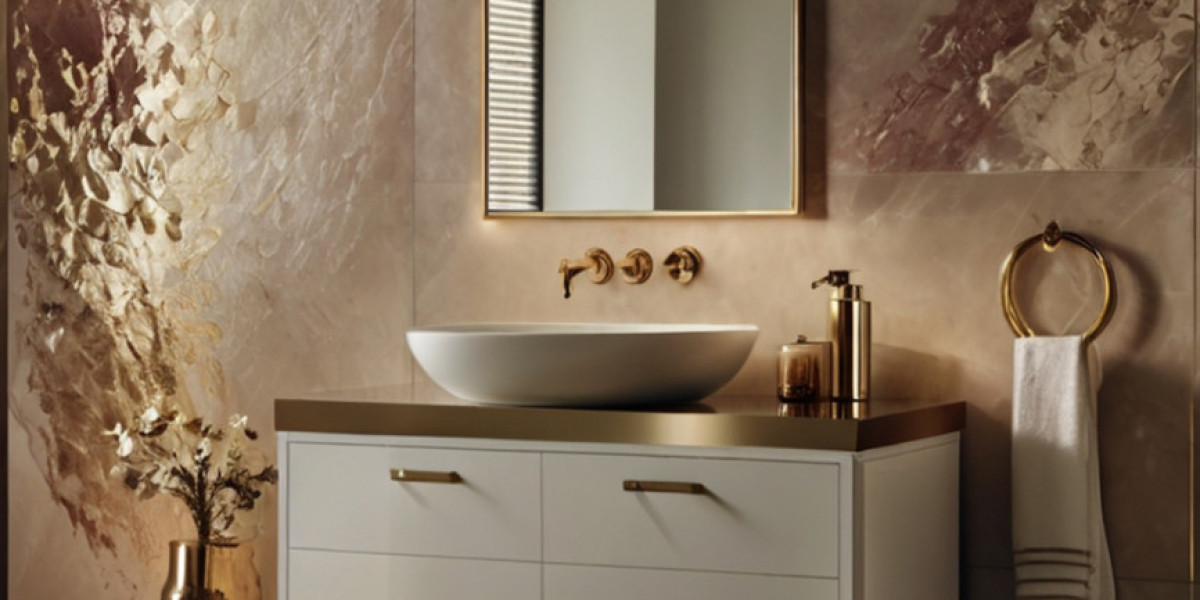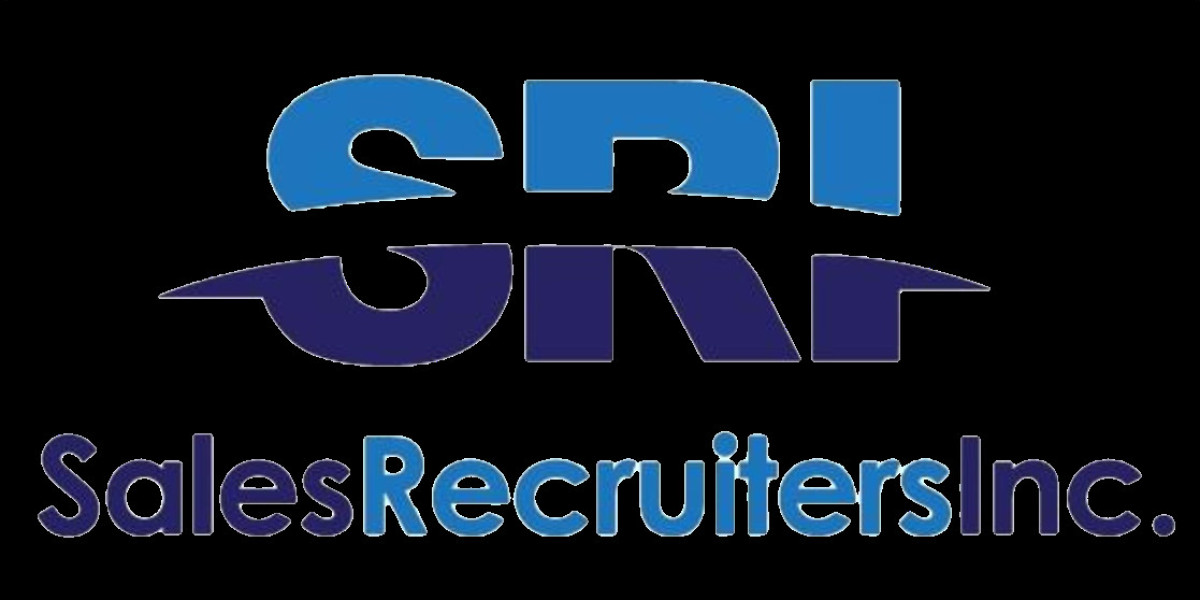Contemporary bathrooms are changing rapidly, and the most trendy innovation is the dual push flushing system. It consists of two flushing options—one for liquid waste with lesser water usage and the other for solid waste with greater water usage. It may be efficient, fashionable, and environmentally friendly, but it needs regular cleaning and maintenance to function well. If neglected, mineral deposits, stains, and entrapped debris can impact performance as well as hygiene. The following are the best tips to assist you in effectively cleaning your dual push flushing system while prolonging its life.
1. Know How the System Functions
Before cleaning, you should know how a dual push flush tank works. It has two buttons at the top: one little and one big. They operate with varying water amounts discharged when flushing. Internally, you will see a mechanism consisting of levers, seals, and washers. Lime scale, dirt, and bacteria may accumulate here over time. Having a clue about where the parts are will help you clean them effectively without breaking anything.
2. Use Mild Cleaners, Not Aggressive Chemicals
Too many individuals use harsh bleach or acid-type cleaners directly in the tank or apply them to the flush buttons. These can indeed clean away temporary stains, but they can also corrode the plastic or rubber parts within the flushing mechanism. Rather, utilise mild toilet cleaners, white vinegar, or baking soda. These harmless natural solutions easily remove mineral buildup without harming the tank parts.
3. Regularly Clean the Flush Buttons
As the two push buttons are touched many times, they may easily pick up germs, soap deposits, and fingerprints. Clean them at least twice a week using a microfiber cloth and a mild disinfectant solution. Never use hard-sponges or steel wool since they may scratch the surface and cause it to appear dull.
4. Check and Clean the Tank Interior
Once or twice a year, it is wise to take off the flush cap and explore the interior of the tank. Mineral buildup, particularly in water-hard areas, may develop along the edges and on the flushing mechanism. White vinegar, one cup, poured into the tank and left for 30–60 minutes breaks up lime scale. After soaking, use a soft brush to gently scrub and flush to remove the loosened buildup.
5. Clear the Flush Nozzles
Some dual flush models contain tiny holes or nozzles within the toilet bowl rim that control water flow during flushing. These may become clogged with lime scale or dirt over a period of time, lowering water pressure. Clean them using a toothbrush moistened in vinegar or a very thin wire to carefully clear the nozzles. This makes both flush modes function well and water is spread evenly.
6. Take out and wash the Flush Mechanism
If one of the buttons does not function correctly or water keeps running after a flush, the flush mechanism is probably dirty or blocked. Most dual push mechanisms are easy to remove by twisting and pulling them out. Clean the components with warm water and scrub gently with a soft brush. Special care should be given to rubber seals and washers—if they are worn out, replacing them can avoid leaks.
7. Don't Forget the Toilet Bowl
The performance of a dual push system also relies on a toilet bowl. Bacteria and stains in the bowl can make the flush look weaker. Clean the bowl with a toilet brush and mild cleaner every day. For tough stains, vinegar and baking soda are effective. Cleaning regularly keeps the bowl shining and stops bad odors.
8. Address Hard Water Stains Quickly
If you reside in a hard water area, you will find white or yellowish spots around the flush button, rim, and in the bowl. Not only are these unsightly, but also when they accumulate, they are hard to clean. Prevention is the best strategy—clean the area of the flush button frequently and vinegar flushes in the tank every month. For past stains, putting a paste of baking soda and vinegar directly on the stains and letting it sit for 15 minutes before scrubbing will be beneficial.
9. Flush with Hot Water Periodically
Plunging the toilet regularly by pouring a bucket of hot (not boiling) water into the bowl once a week removes minor blockages and lessens residue buildup. This is particularly helpful in keeping the pipes clean and the flushing action smooth. Take care not to pour boiling water directly into the ceramic, as it could crack.
10. Call for Professional Servicing
Even with frequent cleaning, your double flush system will require professional maintenance every year. A plumber can check for concealed leaks, deteriorated seals, or internal damage which you are not aware of. That little investment prevents costly repairs down the road and makes your system last longer.
Final Thoughts
A double push flushing system is not just an environmentally friendly option but also a long-term investment in the comfort and cleanliness of your bathroom. It's easier to keep it clean than you think. Frequent wiping, natural cleaning agents such as vinegar and baking soda, and periodic deep cleaning of the tank and mechanism are enough to ensure high efficiency. Adhere to these simple tips, and you can guarantee your dual push flush operates efficiently, saves water, and keeps your bathroom hygienic and warm for decades to come.






